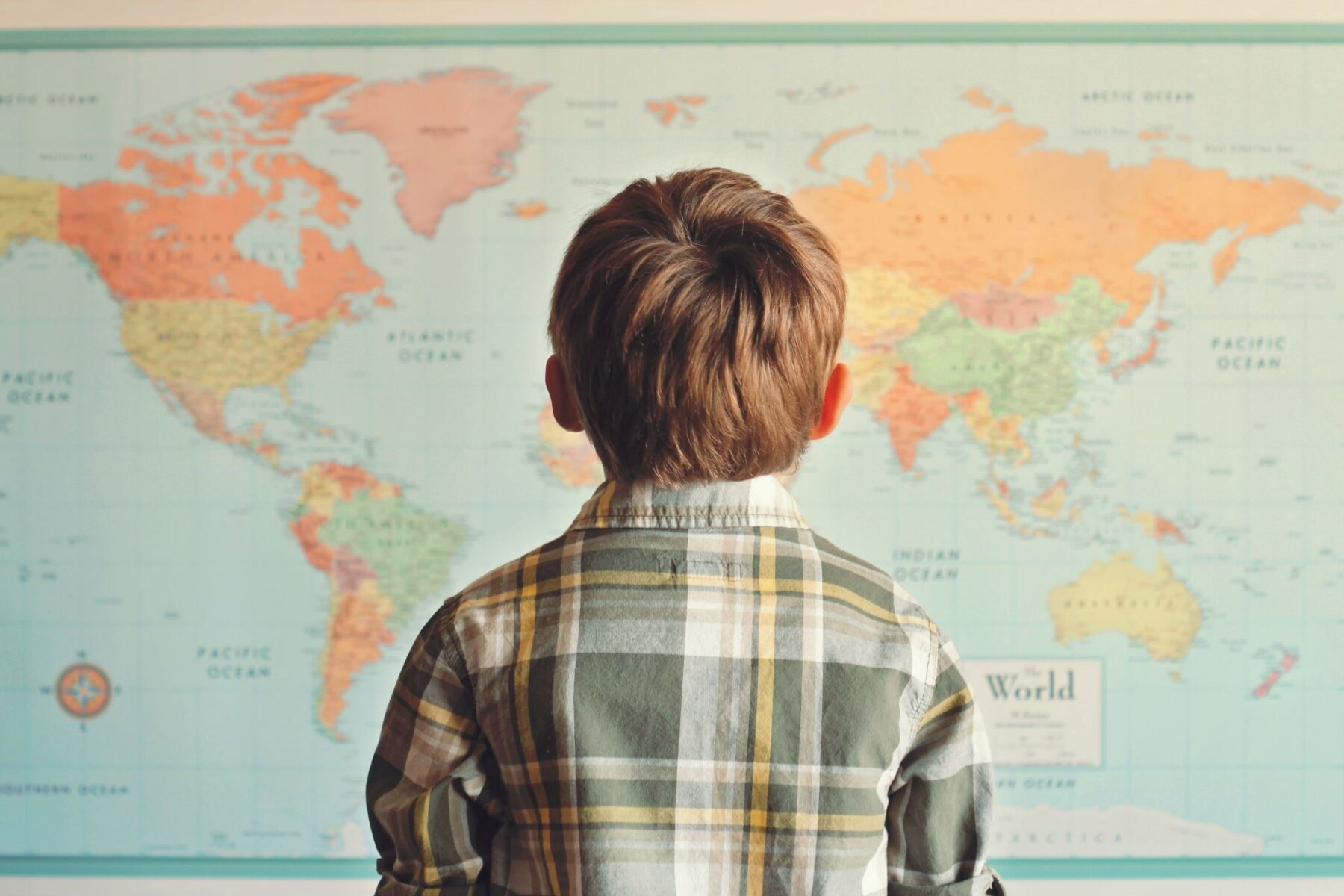It is abundantly clear that the world needs more good-ness. After the tumultuous events of 2020, people are eager to find ways to uplift their fellow men and women all around the globe. But what are the best practices for effective altruism? How can we as individuals and organizations do the most amount good with the least amount of resources?
The Merriam-Webster dictionary defines altruism as “unselfish regard for or devotion to the welfare of others.” If this is what we seek, the first step is a mental one: we must choose the path that takes our time, money, and energy for the pursuit of something that may not materially help us. This is the attitude that births most nonprofits in the first place: a desire to seek something past one’s own well-being.
Kindness on a Small Scale
One of the most important things to remember is that goodness and change are not always brought about by massive acts involving thousands of dollars or millions of people. As individuals and corporations (of any size), we can bring light into the world on a day-to-day basis, simply by being mindful of the hurting world around us.
Ask yourself some simple questions: do you give your barista a genuine word of gratitude for your morning coffee? Do you consistently express your appreciation for your coworkers and employees? Are you mindful of how you treat the people you live with—whether roommates, spouses, or children? Starting with the circles directly around you, you can create a culture of encouragement and thankfulness. Your kindness may go unnoticed, but it also just might change someone’s day for the better.
Thinking Economically
For both individuals and organizations, economical use of physical resources has an overwhelmingly positive impact on the community. Some examples of this are:
- Recycling: it’s as simple as separating your trash, and it can help the environment, stop landfill growth, and even create jobs.
- Thoughtful Eating: some people have chosen to keep entirely vegetarian or vegan diets based on the way meat production has affected the planet, but even if that lifestyle is not for you, it’s important to consider the choices you make in regard to food. Buying from local farms and businesses, for instance, can support your community, and staying away from companies that use slave labor can be a stand against injustice.
- Donating Items: when you’re finished with a piece of furniture or an article of clothing, consider whether it could benefit someone else in need. Here is a list of great places to donate clothes and other items—and make sure to check out your locally-run donation centers as well.
Getting Involved
Physical involvement is probably one of the first things we think of when we hear the phrase “doing good.” Though it is only part of an overall lifestyle, it is a vital piece that can fuel our drive to keep going. That’s because doing good feels good. Having an outward-focused mindset is a great foundation. Doing small acts of kindness is wonderful. Living in a way that supports the planet is terrific. But physically participating in charitable initiatives can bring an even greater fullness to our lives, and makes a visible impact on the community.
As you seek for ways to get engaged, keep in mind that not every initiative will fit you and/or your nonprofit. Someone who doesn’t love to be around animals, for instance, should not feel pressured to volunteer at the local shelter. Look for the projects that suit you: it’s okay to be a bit picky, but don’t use that as an excuse to do nothing. There are a host of incredible programs just waiting for partners and volunteers.
Continuation
It’s important to note that altruism does not have to be self-sacrificial. Many individuals and nonprofits give abundantly and are also able to support and earn resources for themselves. In fact, for most nonprofits, the way to benefit the largest number of people in the biggest way is to retain enough assets to carry on—and even grow—year after year. Some organizations are made to shine brightly and die quickly. But if your operation is more than a one-time fundraising campaign, don’t assume that giving everything away is the best course of action for doing the most good.
The same goes for individuals: when it comes to time and energy, our efforts to do good can take over our lives and lead to burnout. Consistently take time to recharge and relax, so that you can start after your goals with renewed vigor. If you’re an executive with workers beneath you, remember that your employees and volunteers need this, too.
Conclusion
Effective altruism is not an action or an idea: it is a lifestyle. And for those of us unsatisfied with the day-to-day grind of self-promotion and pursuit of our own happiness, it is the only lifestyle. It has no career requirements: writers, doctors, teachers, plumbers, servers—we can all be philanthropists, donating time and energy to the good of our community. For the charismatic person, the drive for good may end in the birth of a new nonprofit. For others, simply volunteering a few hours each month may be the way to fulfillment. But for everyone, it starts with a mindset and a simple desire to uplift the broken world around us, without the promise of material returns.





